Put down the phone: Don’t let tech prevent your present moment
Earlier this year I saw an amazing flamenco show in southern Spain. The memory is still vivid. I can hear the sharp staccato of tap shoes rattling against the plywood and visualize the dancer drifting across the stage, flowing with guitar riffs, hand claps, and vocals from her fellow artists. It was an unforgettable performance in the birthplace of flamenco. But I think there’s another reason why I remember the show so deeply. “Please, no photos, no videos,” the dancer told the crowd as the show began. The request wasn’t disappointing but more disorienting. It’s become second nature to whip… Read More


Earlier this year I saw an amazing flamenco show in southern Spain. The memory is still vivid. I can hear the sharp staccato of tap shoes rattling against the plywood and visualize the dancer drifting across the stage, flowing with guitar riffs, hand claps, and vocals from her fellow artists.
It was an unforgettable performance in the birthplace of flamenco.
But I think there’s another reason why I remember the show so deeply.
“Please, no photos, no videos,” the dancer told the crowd as the show began.
The request wasn’t disappointing but more disorienting. It’s become second nature to whip out a phone and capture the scene for a souvenir or to share on social media. Plus, I enjoy taking photos and videos.
With no ability to record, I was untethered from the phone. And it was surprisingly profound.
I don’t have any photos of the show, but I believe being so present actually created stronger memories.
“We feel that audiences have stopped seeing us in real life and are instead seeing us through their phones,” Isabel Alarcón, the dancer that evening, told me when I asked why she felt so strongly about enforcing the no-photo policy.
“They travel to Seville to experience flamenco in person, and once there, they put a screen between themselves and us,” she said. “We artists try to connect with the audience; we are flesh and blood, we put our hearts into every show, and in return, we only ask that the audience be willing to feel, be truly there, show us the respect of being present, of listening to us, of feeling us.”
I was reminded of this last weekend while watching The Masters golf tournament, which enforces a strict no-phone policy for fans — a rarity in today’s live sports world. Notice what’s missing from this photo?
Jonathan Haidt, a social psychologist and author of the popular book The Anxious Generation, calls smartphones “experience blockers.”
I’m not preaching a full digital fast. Cameras preserve history. And social media, for all its criticisms, can be a force for good.
“Someone on the other side of the world could barely know me, and now I can reach them more easily,” said Alarcón, the flamenco dancer. “Social media gives artists the power to have their own showcase in which to define and connect.”
Seattle-based singer-songwriter Alie Renee of Byland said she won’t ask people to stop filming or take photos during shows. For her, it’s about making sure the audience enjoys their experience with the music.
“We want our audience to feel moved, supported, and safe — like they have the space to truly feel their emotions,” she told GeekWire. “If someone leaves our show feeling seen, heard, and a little lighter, then we’ve done what we set out to do.”

Different art forms and human experiences might call for different engagement styles with technology. Perhaps there is a balance to strike.
Last month I visited the Chihuly Garden and Glass exhibit in Seattle where a sign at the entrance offered a striking contrast: “photos encouraged,” it read.
Chihuly’s vibrant glass sculptures seem like a natural fit for an Instagram feed — or what used to be Instagram — whereas Flamenco’s ephemeral nature demands your presence.
Perhaps there’s a sweet spot — grabbing a quick photo or video and then putting the phone away.
But the flamenco show showed me that having the phone out of sight, out of mind actually enhanced the experience.
It was a reminder to be more present. We shouldn’t miss the moments and memories while they’re happening right in front of us.
“We tend to postpone being alive to the future, the distant future, we don’t know when,” Thich Nhat Hanh writes in How to Relax. “It’s as if now is not the moment to be alive. We may never be alive at all in our entire life. The only moment to be alive is in the present moment.”





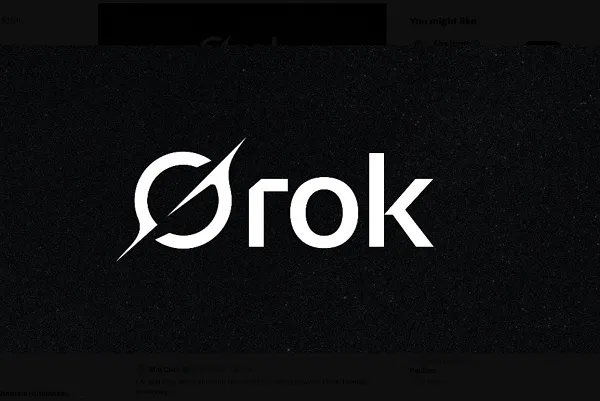





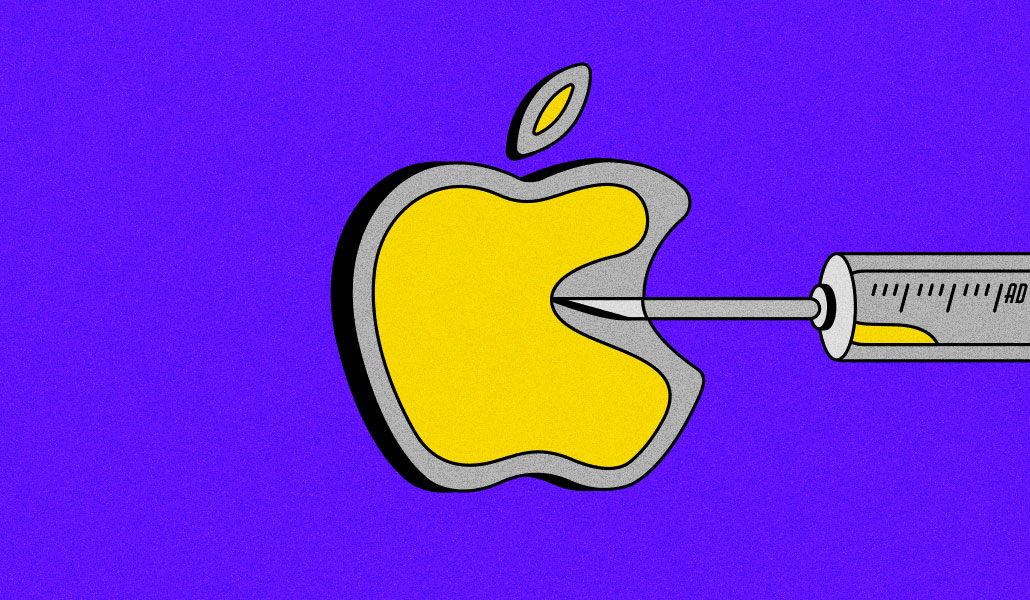


![31 Top Social Media Platforms in 2025 [+ Marketing Tips]](https://static.semrush.com/blog/uploads/media/0b/40/0b40fe7015c46ea017490203e239364a/most-popular-social-media-platforms.svg)










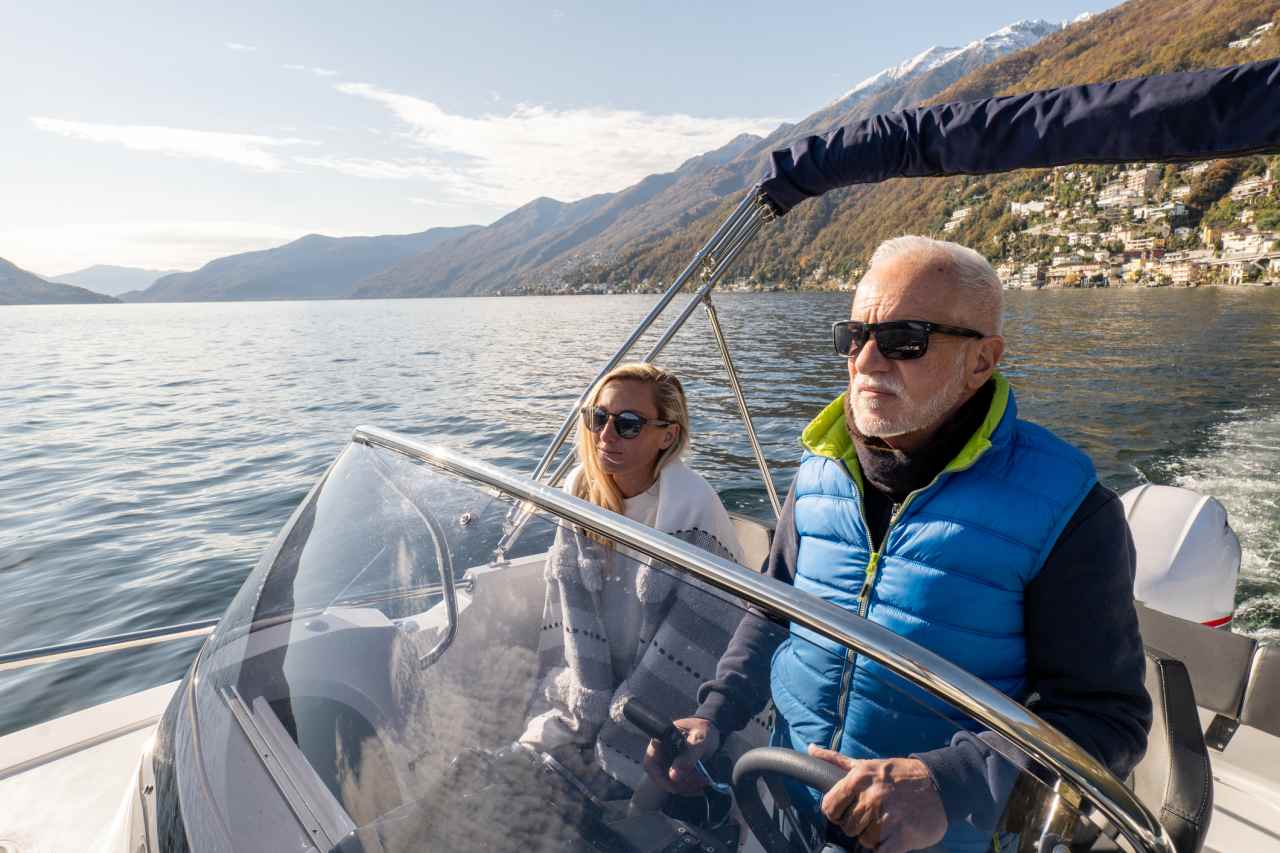






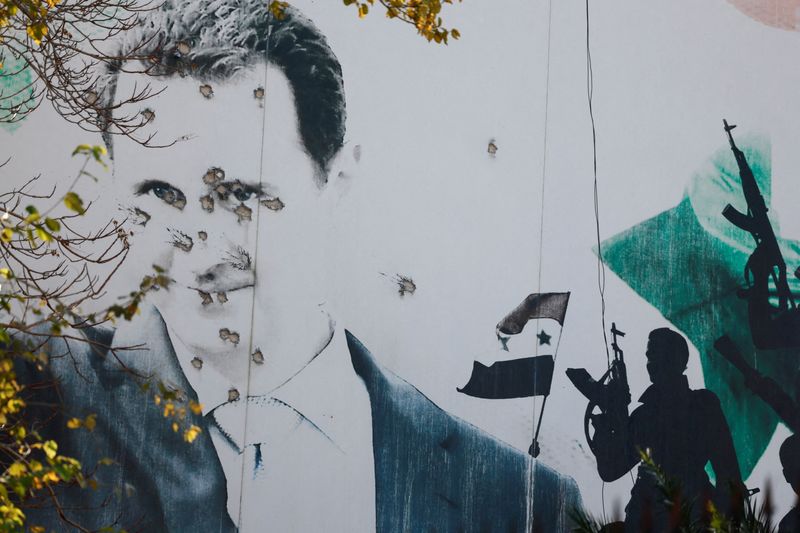
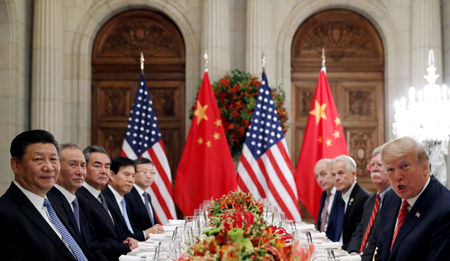






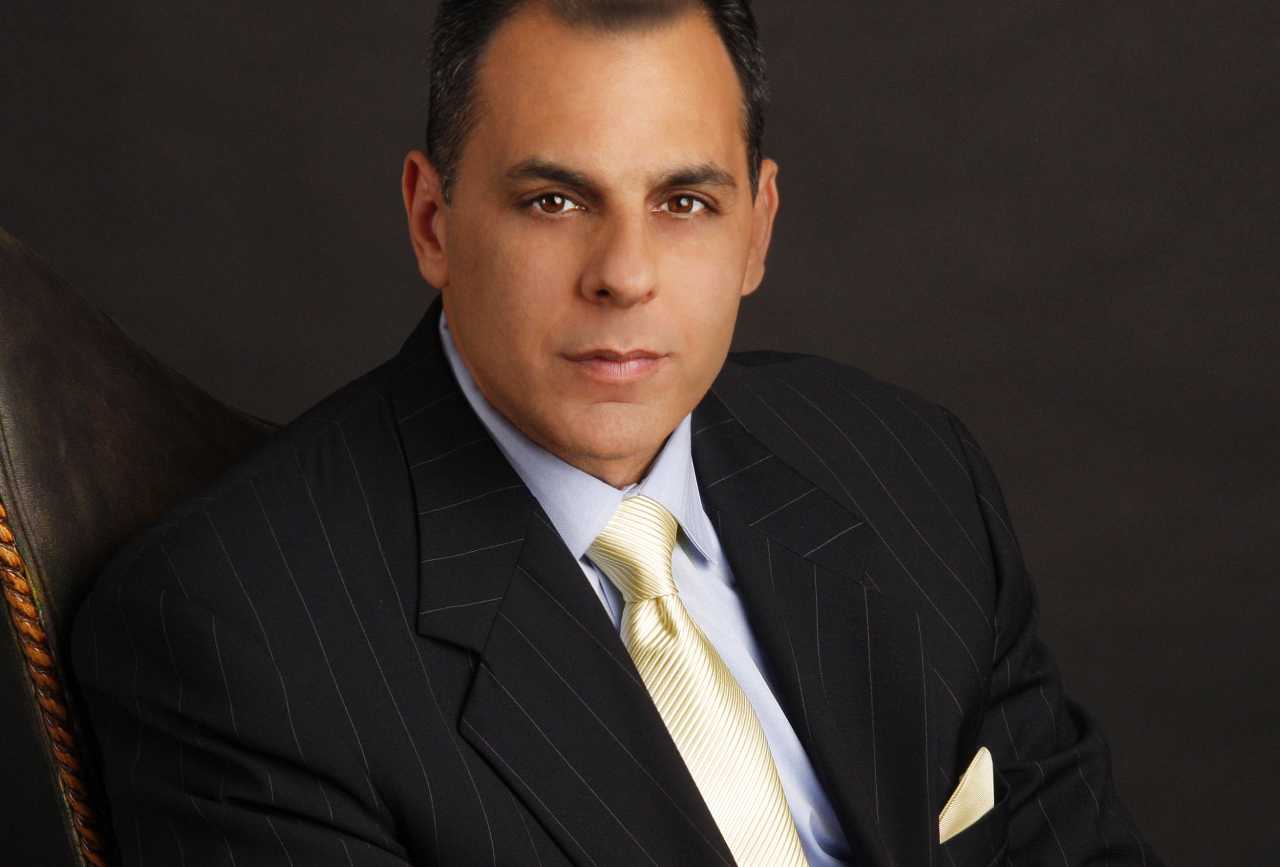

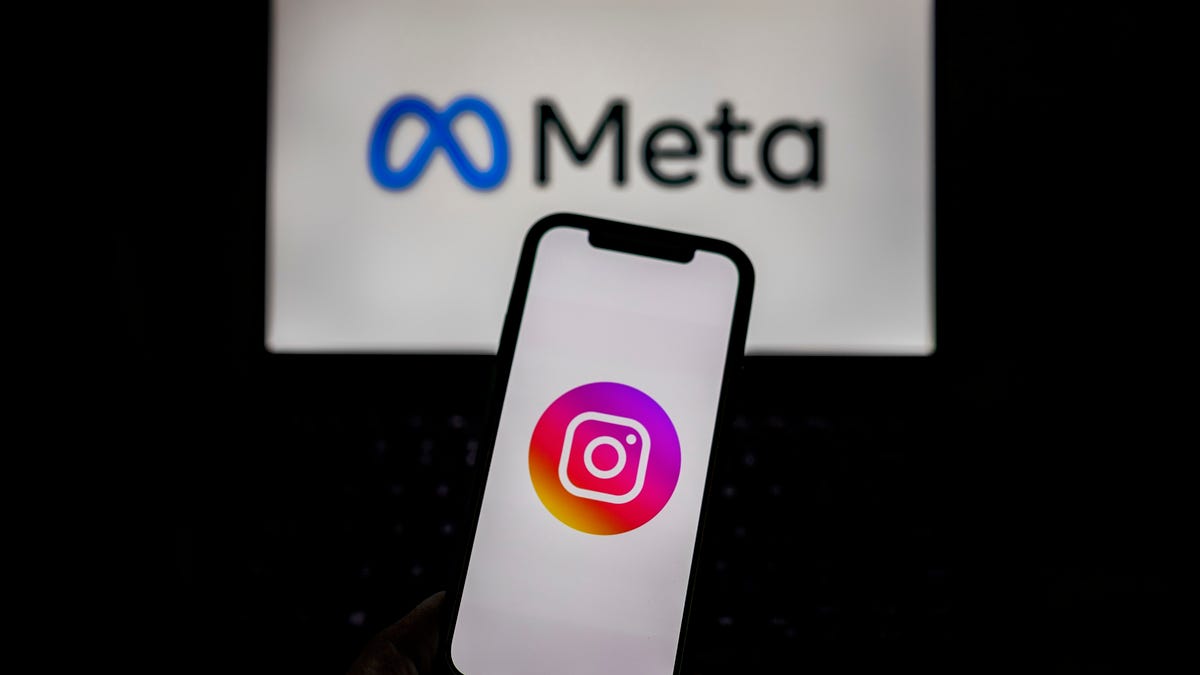












![[Weekly funding roundup April 12-18] VC inflow declines to 2nd lowest level for the year](https://images.yourstory.com/cs/2/220356402d6d11e9aa979329348d4c3e/WeeklyFundingRoundupNewLogo1-1739546168054.jpg)





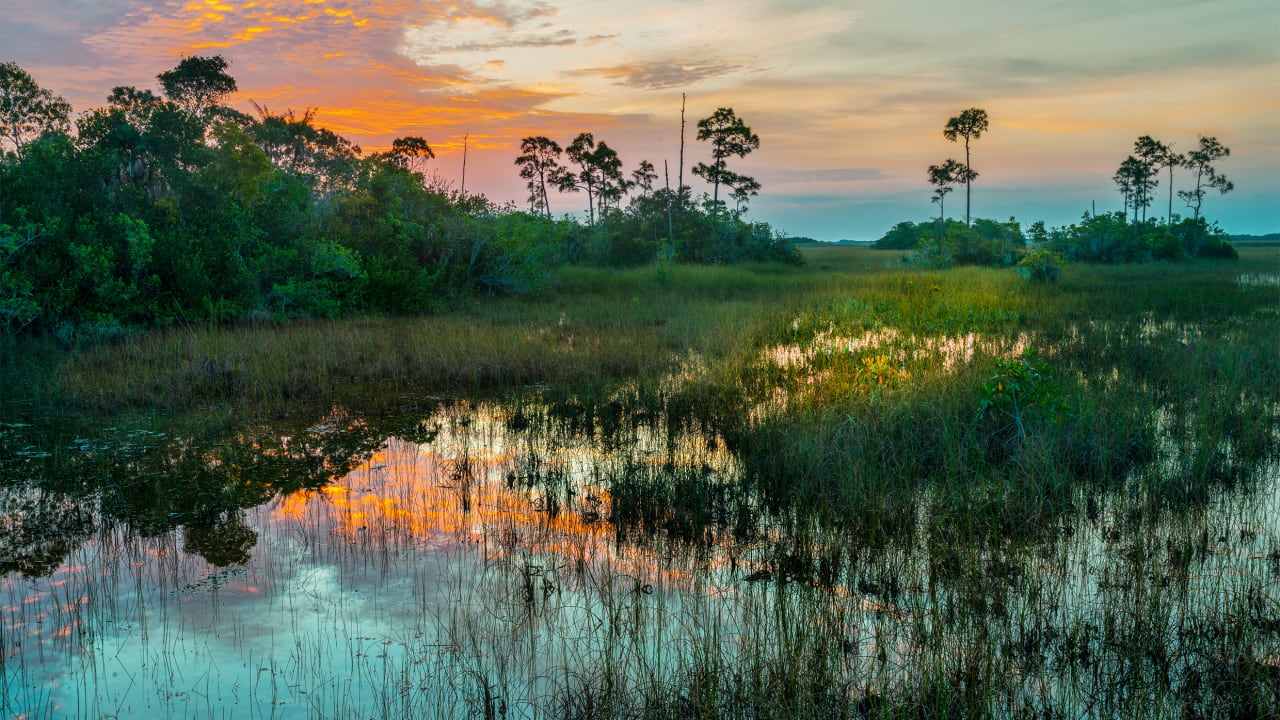

























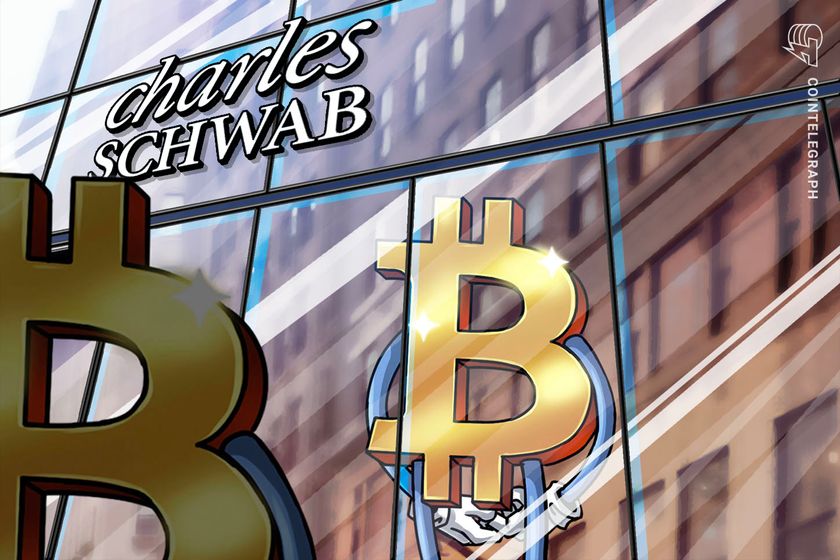






















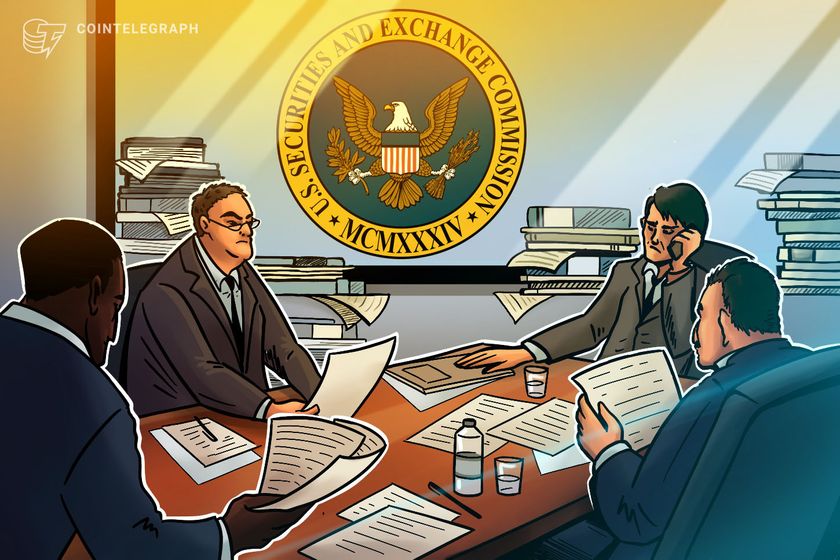
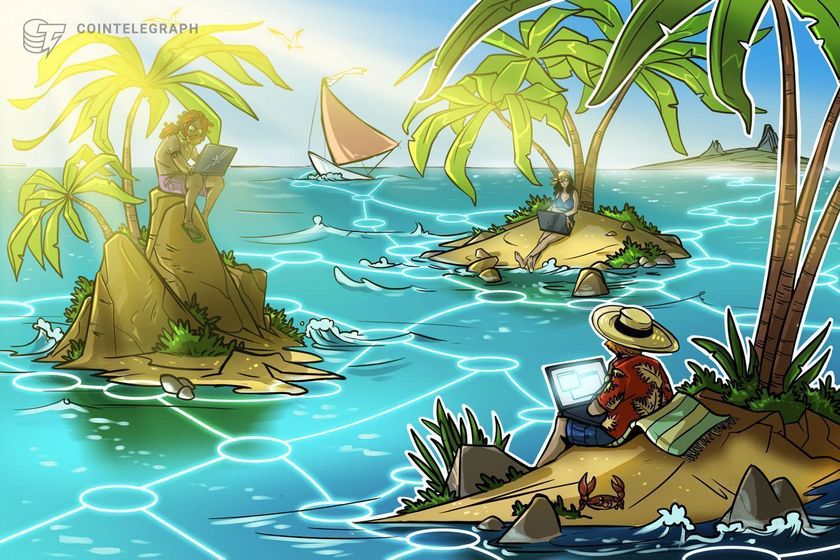








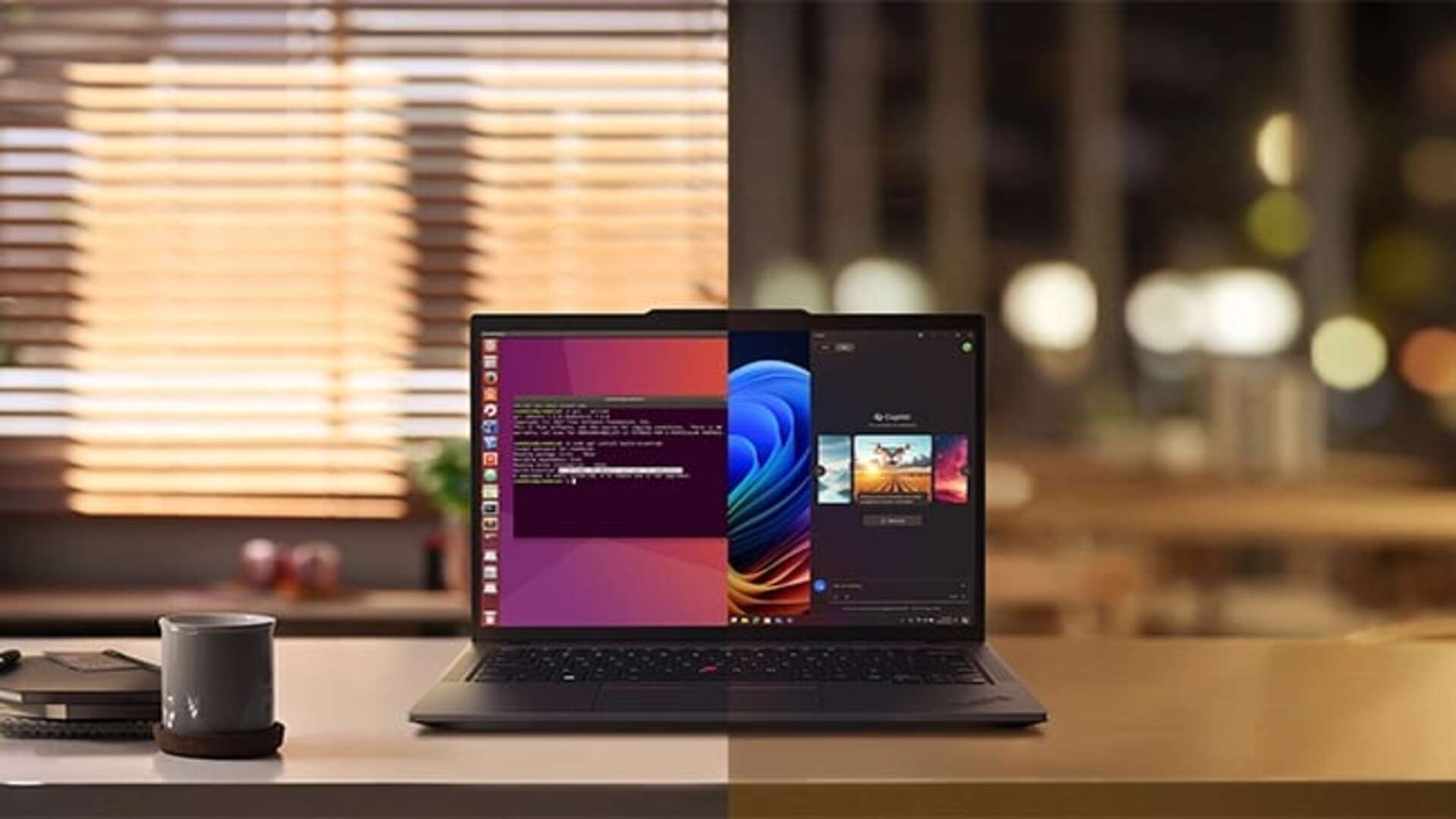










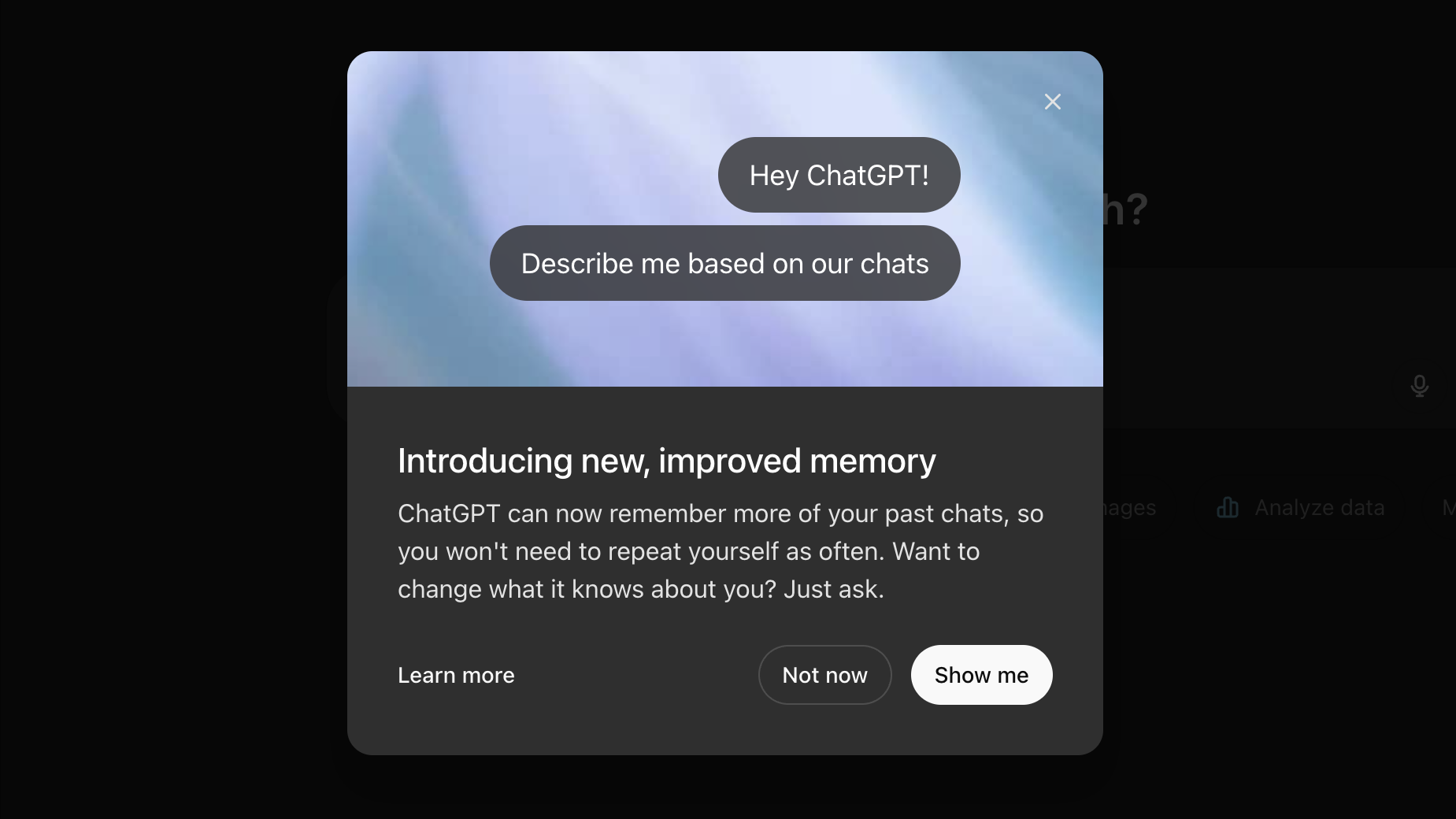

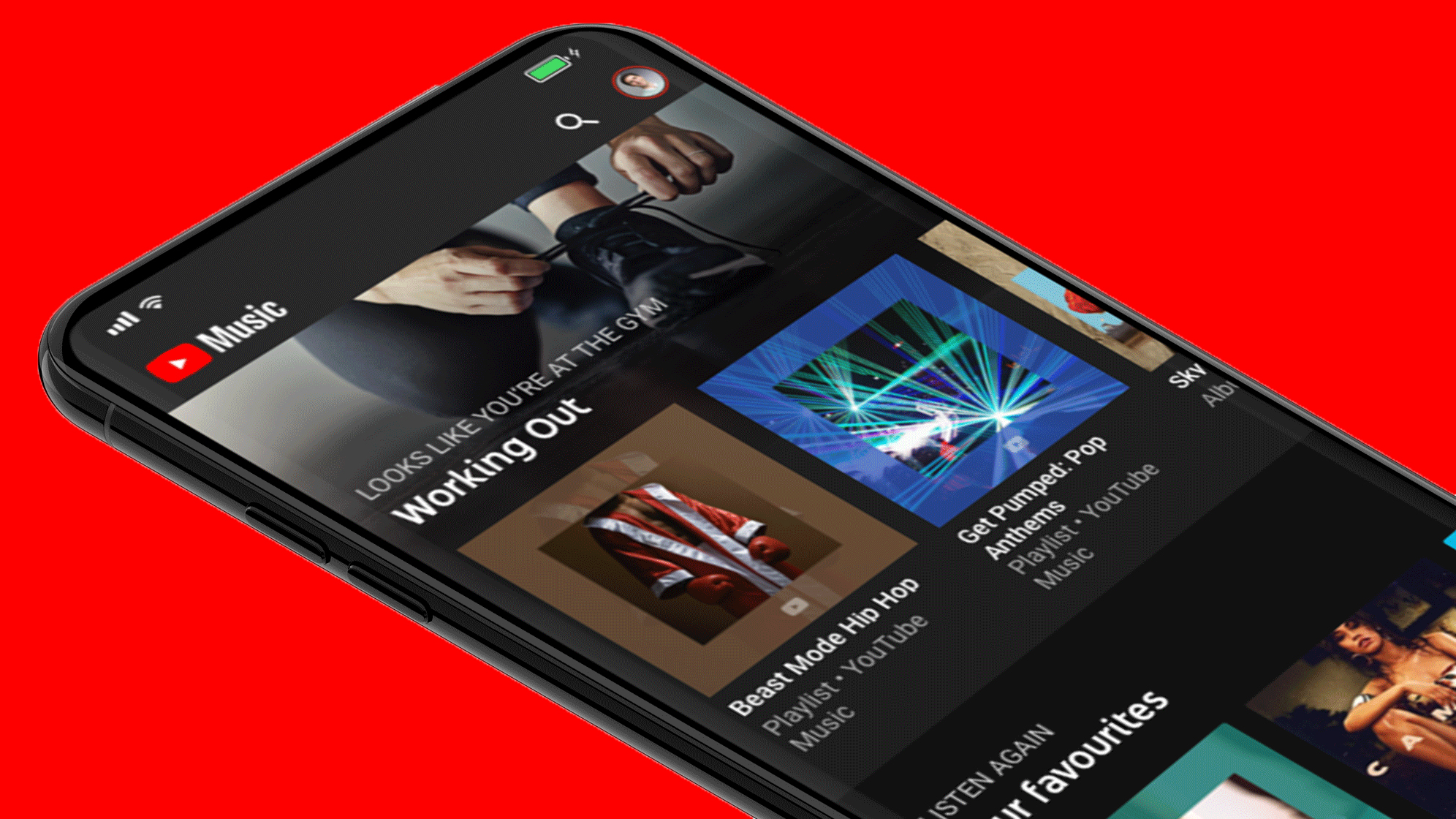




















































![How to Find Low-Competition Keywords with Semrush [Super Easy]](https://static.semrush.com/blog/uploads/media/73/62/7362f16fb9e460b6d58ccc09b4a048b6/how-to-find-low-competition-keywords-sm.png)
